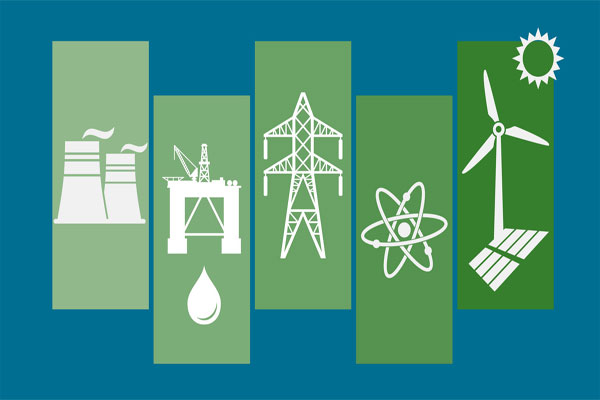- Societal values and perceptions continue to shape energy production as much as the technologies that drive its production and consumption.
- This is the suggestion of a new paper from an Oregon State University researcher.
- The finding challenges the longstanding supposition that technology is the ruler of energy policy in the United States.
Whether the issue is fossil fuels, nuclear power or renewable energy, discussions in both public forums and policy circles have centered on energy technologies as a primary source of opportunity and risk.
But other factors also are in play, said Hilary Boudet, an associate professor of public policy at OSU and one of a growing number of researchers challenging the long-held notion.
“Rather than operating as an independent variable, energy production and use is ultimately harnessed and directed by society,” Boudet said. “New technologies have expanded the boundaries of our energy systems. But it’s been people and politics that have determined how energy is used within those boundaries, often in ways that draw upon both personal experience and long-standing beliefs and practices.”
Boudet describes current “people-centered” trends in energy policy in a new article published this week in the journal Nature Energy. The piece is a broad overview of recent publications in the burgeoning field.
Boudet focuses specifically on public perceptions and responses to new energy technologies, ranging from large-scale wind, solar and ocean-wave energy projects to cutting-edge consumer technologies such as electric vehicles, rooftop solar panels and smart meters.
In her review, Boudet identifies four dominant factors shaping public perceptions of new energy technologies — technology, people, place and process, as well as the interaction between them. These factors have considerable overlap, she noted.
“The old way of thinking was to get people to accept new technology by providing them with more information about it. But what we are finding now is that is not enough,” Boudet said. “Studies have shown that more information does not necessarily change opinions or result in a consensus on how to move forward.”
Support or disapproval for new energy sources is more likely to be based on personal values and experiences, as well as what we perceive to be the stances of others we trust. As a result, it’s important to understand that people may harbor different views concerning new energy technologies based on their personal values and experiences, as well as the views held within their social networks, Boudet said.
“Fracking — the hydraulic fracturing process for extracting oil and gas — is a good example of this dynamic,” she said. “When the risks and benefits remain abstract and distant, people lean largely on their own values and political leanings to form an opinion. In contrast, those who live near fracking examine the ‘facts on the ground’ to shape their opinions of the risks and benefits. Their perceptions and attitudes are primarily driven by the impact that the technology is having on their lives and their community.”
At the same time, how decisions are made about technology deployment also shapes public perceptions and reactions. Particularly when considering large-scale energy projects like wind turbines and solar farms, if residents in nearby communities do not feel that the they are being adequately consulted or decision making processes are unfair, even the most technologically sound projects can fail.
Those trying to win support for a project often attempt to change aspects of the technology or aspects of the decision-making process to address public concerns, but that strategy may not work as well as it has in the past given the current divisive political climate, Boudet said.
A better approach may be a longer-term strategic planning effort around energy development that includes an assessment of deeply rooted social and cultural values and perceptions that play a fundamental role in shaping public attitudes and actions, she said.
“A greater understanding of the human dimension of energy technologies,” Boudet contended, “would likely lead to more sustainable and effective energy policies, built on a broader perception that encompasses not just what happens in our universities, laboratories and research centers but also in our homes, neighborhoods and work places each and every day.”











Comments